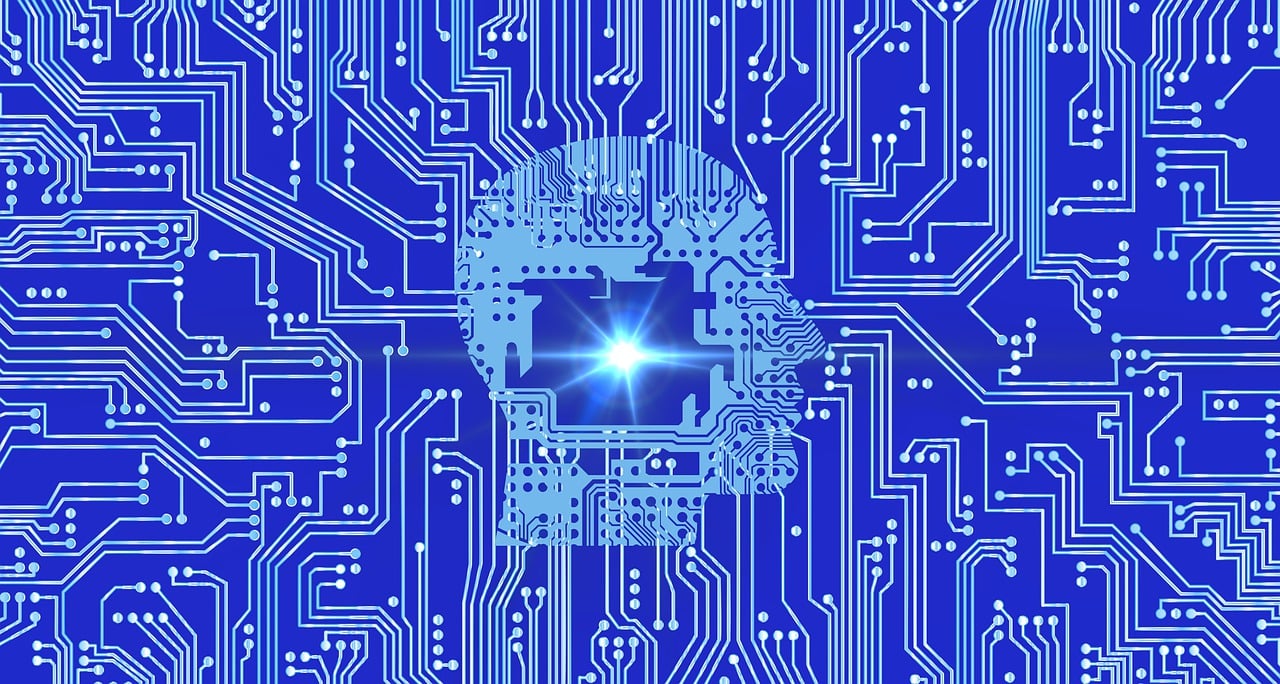Artificial intelligence continues to revolutionize how we process, understand, and use information. One of its most promising advancements is Retrieval-Augmented Generation (RAG), an approach that combines large language models with external data retrieval capabilities. This technique addresses a critical challenge: how to keep AI models up-to-date and capable of providing accurate, reliable, and relevant information in an ever-changing environment.
The Challenge of Static AI Models
Traditional AI models, even the most advanced ones, have limitations. These models are trained on vast datasets but remain static once deployed. This means they cannot naturally incorporate new information unless retrained, which is resource-intensive and impractical for keeping up with fast-changing knowledge.
For example, a language model trained on data from 2022 would lack awareness of events or developments from 2023 onward. In fields like medicine, law, or technology, where new findings and updates are constant, this limitation creates a gap between what users need and what the model can provide.
How Retrieval-Augmented Generation Works
RAG addresses this gap by integrating an external knowledge retrieval system with a generative AI model. Here’s how it works:
- Query Understanding: The AI receives a question or request for information.
- Data Retrieval: Instead of relying solely on its internal training, the system searches external databases, documents, or online sources for the most relevant information.
- Response Generation: The AI then combines the retrieved data with its language generation capabilities to produce a coherent, context-aware response.
This hybrid approach allows RAG-powered systems to access real-time information, making them much more adaptable and accurate than traditional static models.
Real-World Applications
RAG is already making waves across various fields. In customer service, for instance, it powers chatbots that can pull information from live knowledge bases, providing users with the most current answers to their queries. This reduces the frustration of dealing with outdated or irrelevant responses.
In education, RAG enhances learning tools by ensuring students and researchers receive answers based on the latest academic papers, articles, or verified online sources. Similarly, businesses use RAG to keep their AI-driven tools informed about market trends, regulatory changes, or competitor activities, giving them a competitive edge.
Healthcare is another area where RAG has shown immense potential. Medical practitioners can use RAG-based systems to stay updated on new treatments, clinical trials, or research findings, improving patient care and decision-making.
Why RAG Stands Out
One of the biggest advantages of RAG is its adaptability. By incorporating external retrieval systems, it sidesteps the need for constant retraining while still staying relevant. This not only saves time and resources but also ensures that the AI remains responsive to user needs in real-time.
Another strength lies in transparency. Since the AI retrieves external information, it can cite sources, allowing users to verify the data. This is particularly valuable in critical fields like healthcare or law, where trust in the information provided is paramount.
Balancing Efficiency with Responsibility
As with any AI technology, the rise of RAG comes with responsibilities. Ensuring the accuracy of the sources it retrieves from is essential to prevent misinformation. Developers are working on safeguards, such as using trusted databases and applying rigorous validation methods to ensure reliability.
Another focus area is data privacy. Since RAG relies on external data, it’s crucial to handle sensitive or personal information securely, adhering to ethical standards and legal requirements.
A Future of Smarter AI
The integration of retrieval systems with AI marks a significant step forward. RAG exemplifies how innovation can overcome the limitations of static models, making AI tools more flexible, reliable, and aligned with the ever-changing world. This approach not only enhances what AI can achieve but also broadens its appeal across industries and use cases.
As RAG continues to evolve, it’s poised to redefine expectations for artificial intelligence. By bridging gaps in knowledge and improving responsiveness, it’s bringing AI closer to the ideal of being a true assistant—knowledgeable, up-to-date, and always ready to help. This approach ensures that AI remains not just a tool for automation but a dynamic partner in solving real-world challenges.

